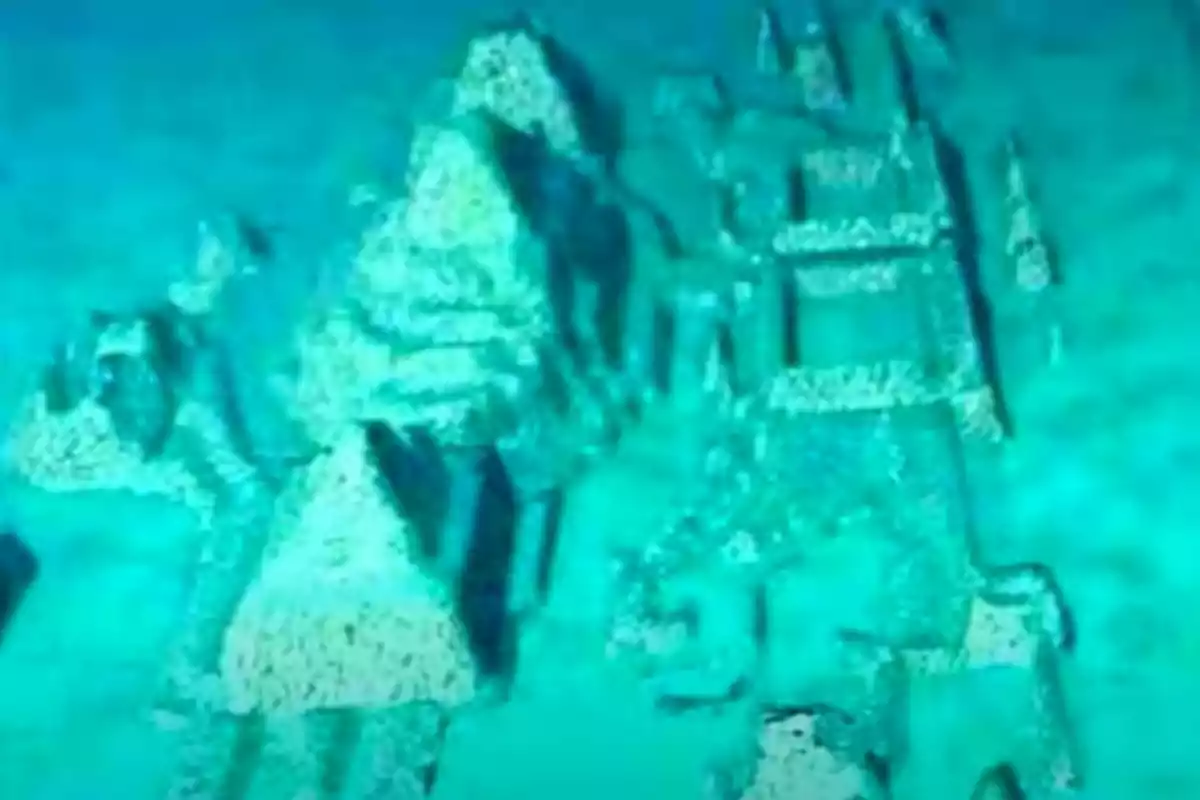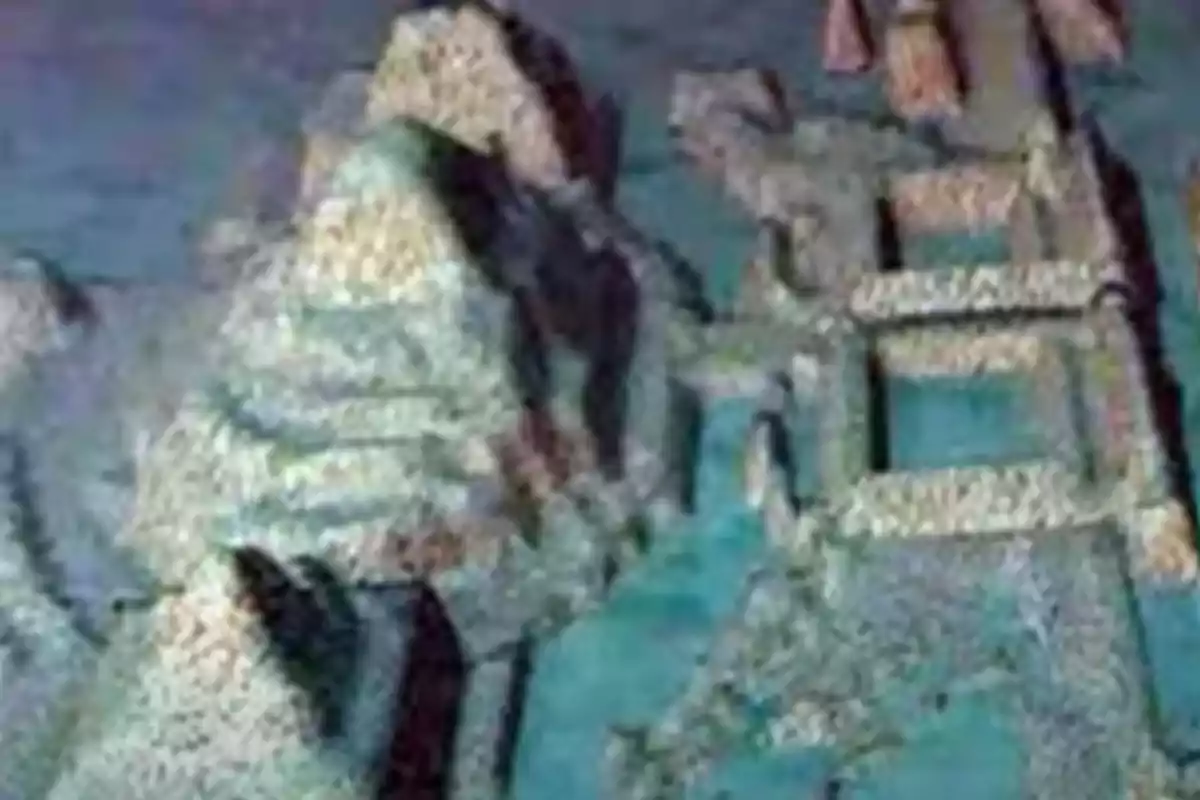
An ancient city older than the pyramids? Underwater discovery reignites the mystery
A discovery 2,133 feet (650 meters) below the sea off the coast of Cuba sparks debate: lost civilization or geological illusion?
More than two decades ago, a discovery off the coast of Cuba opened the door to one of the most challenging hypotheses in marine archaeology: the possible existence of a submerged city that could predate the pyramids of Egypt.
It all began in 2001, when marine engineers Paulina Zelitsky and Paul Weinzweig used sonar technology to map the seafloor, revealing unusual geometric formations beneath the waters of western Cuba, near the Guanahacabibes Peninsula.
The detected structures, which covered about 2 square kilometers (0.77 square miles), displayed organized patterns that included smooth blocks, pyramid shapes, and lines reminiscent of streets.
A hypothesis that would challenge known history
The researchers suggested that these formations could be more than 6,000 years old. That would make them about 1,500 years older than the Egyptian pyramids and would call into question the accepted narrative about the development of human civilizations.

The hypothesis implied that ancient societies in the Caribbean might have reached a level of advanced architectural organization much earlier than previously believed.
Zelitsky clarified from the beginning that it would be irresponsible to confirm that it was a city without further studies. Despite the potential of the discovery, there were no sustained investigations after 2005.
Oceanographer Sylvia Earle revealed that a planned scientific mission was canceled due to lack of funding, which left the discovery in a gray area between science and speculation.
Criticism, doubts, and the Atlantis factor
Cuban geologist Manuel Iturralde-Vinent, then part of the Museum of Natural History of Cuba, stated that the structures were "extremely peculiar," but difficult to explain from a geological perspective.
He also explained that for a human settlement to be submerged at a depth of 650 meters (2,133 feet), it must have been on the surface at least 50,000 years ago. That date exceeds any known record of complex societies.
Michael Faught, from Florida State University, also expressed skepticism. According to his analysis, the depths and characteristics of the site contradicted what was known about the peopling of the New World at that time.
Other scientists pointed out that the formations could be natural and that, even if an earthquake had caused the sinking, it would be unlikely for the structures to retain such a defined pattern.
Despite academic skepticism, many users on social media reignited the debate, linking the discovery to legends such as Atlantis. Conspiracy theories about a "hidden truth" also circulated, arguing that scientific authorities dismissed the case in order not to disrupt established historical narratives.
The mystery remains beneath the waters
Since then, no scientific expedition has returned to study the site with advanced equipment, physical samples, or concrete dating. The lack of evidence has left the matter in suspense, oscillating between fascination and uncertainty.
The case is reminiscent of the Yonaguni Monument in Japan, another underwater site that divides opinions between those who believe they see human architecture and those who argue for natural formations.
Iturralde summed it up with a phrase that remains relevant: "What appears human is not necessarily human."
As long as there is no conclusive evidence, the mystery of the submerged structures in Cuba will continue to be a captivating enigma for scientists and dreamers alike.
More posts: